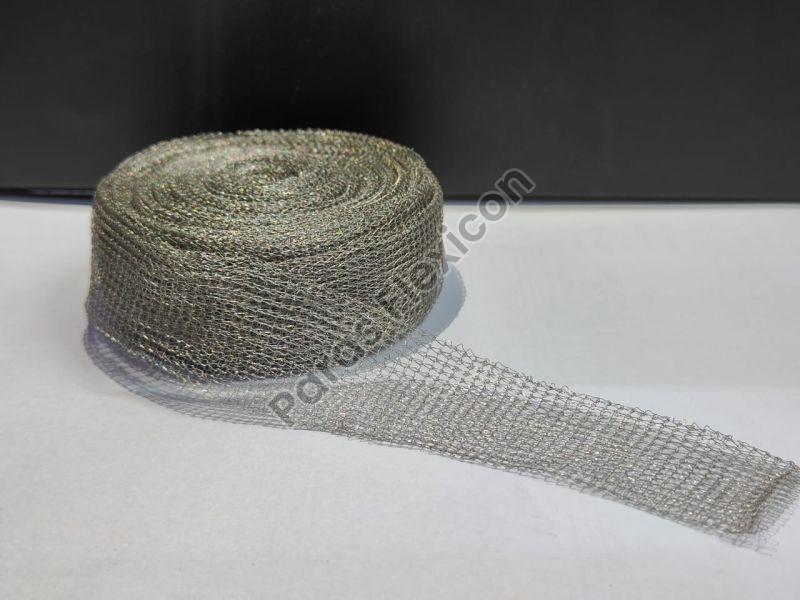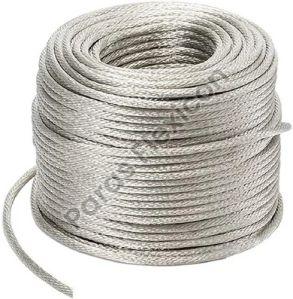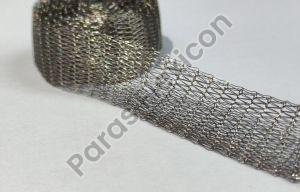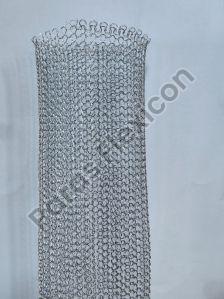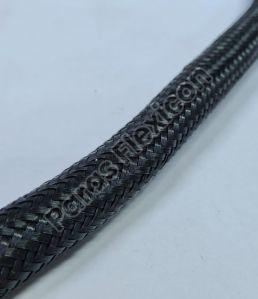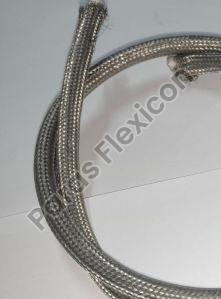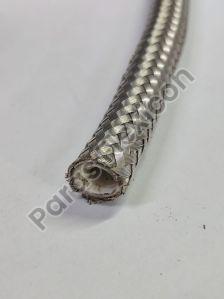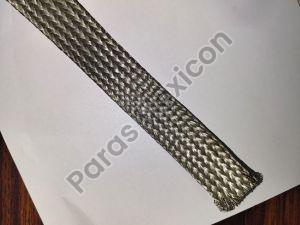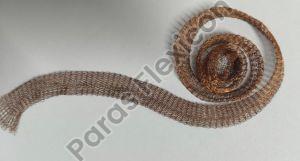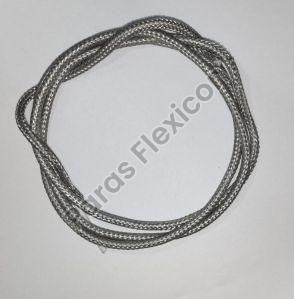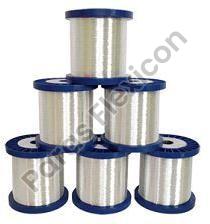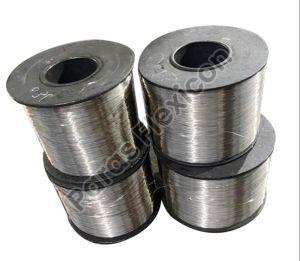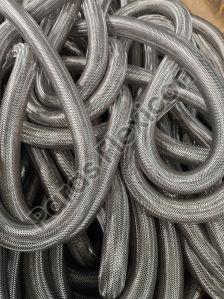Ramanagara, Karnataka
- GST NO. : 29AAACP8228L1ZY
50 Piece (MOQ)
| Business Type | Manufacturer, Exporter, Supplier |
| Packaging Type | Spools,Reels,Or Coils (as Per Requirement) |
| Corrosion Resistance | Excellent, especially in humid conditions,Yes |
| Conductor Material | Pure Copper (Annealed Or Hard Drawn) |
| Click to view more | |
Product Details
Tin Coated Copper Wire is a high-conductivity copper wire electroplated with a uniform layer of tin to enhance corrosion resistance and solderability. The tin coating acts as a protective layer against oxidation, extending the wire's shelf life and making it ideal for electrical and electronic applications, especially in humid or corrosive environments.
Key Features:
Enhanced corrosion protection
Easy to solder, even after long storage
Stable electrical performance
Resistant to moisture and oxidation
Cost-effective alternative to silver coating
Applications:
Wiring in electrical panels and control systems
Automotive harnesses and battery cables
PCB jumpers and terminals
Telecommunication and data cables
Industrial equipment and appliances
EMI shielding braids and flexible connectors
Looking for "Tin Coated Copper Wire" ?
Explore More Products


